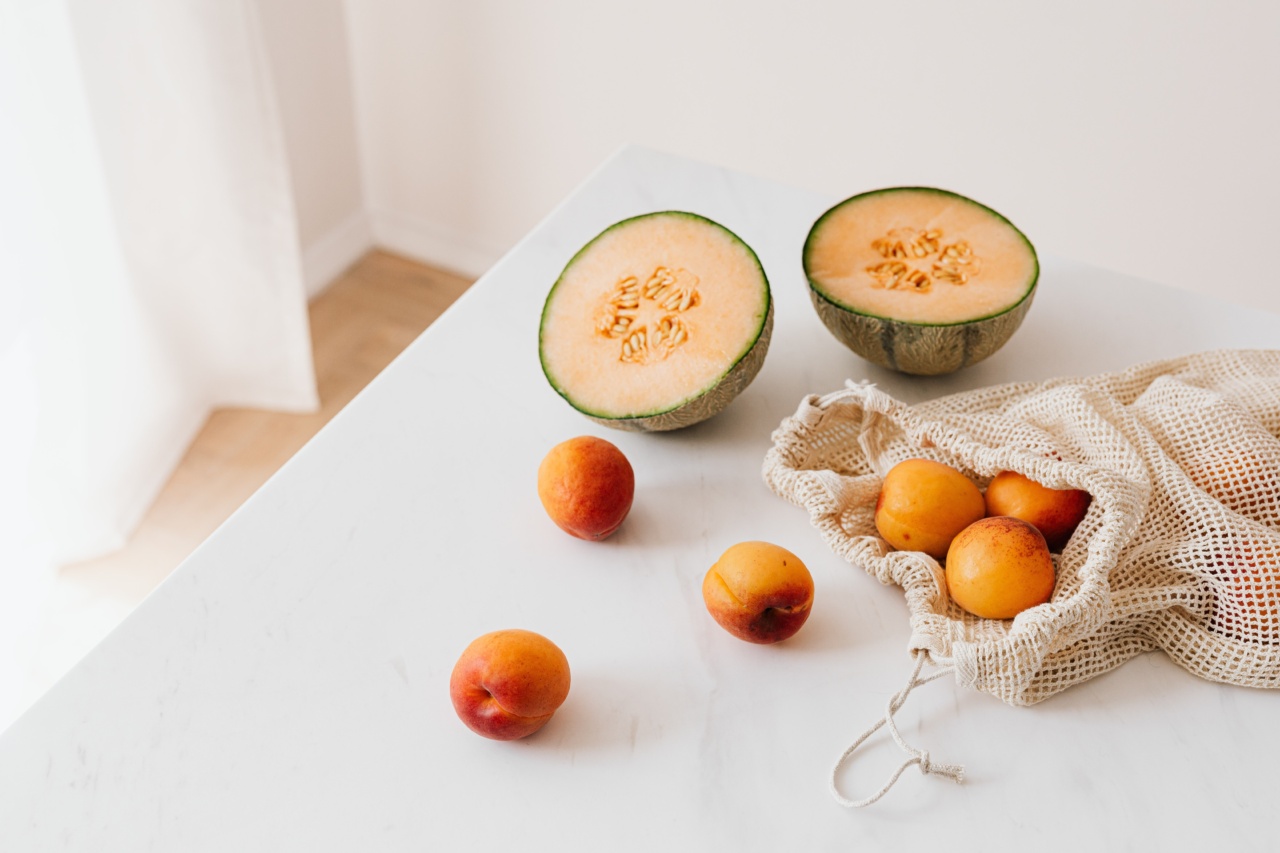Aortic aneurysm is a serious condition that occurs when the walls of the aorta, the main blood vessel that carries blood from the heart to the rest of the body, weaken and bulge outward.
This condition is often asymptomatic until a rupture occurs, which can lead to life-threatening internal bleeding.
While there are several factors that can increase your risk of developing an aortic aneurysm, including age, family history, smoking, high blood pressure, and high cholesterol, one of the most effective ways to reduce your risk is by eating a healthy diet that supports good cardiovascular health.
1. Focus on fruits and vegetables
One of the most important components of a heart-healthy diet is a variety of colorful fruits and vegetables.
These foods are packed with antioxidants, vitamins, and minerals that help to protect the walls of your blood vessels and keep your heart and arteries healthy. Try to include a mix of fresh and cooked produce in your diet, and aim for at least five servings per day. Some of the best fruits and vegetables for heart health include:.
- Leafy greens, such as kale, spinach, and collard greens, which are high in vitamin K and other nutrients that promote healthy blood clotting.
- Colorful berries, such as blueberries, raspberries, and strawberries, which are rich in antioxidants that help to reduce inflammation and protect against damage from free radicals.
- Fatty fish, such as salmon, tuna, and mackerel, which are high in omega-3 fatty acids that help to reduce inflammation and lower triglyceride levels.
- Tomatoes, which are high in lycopene, a powerful antioxidant that helps to prevent the oxidation of LDL (bad) cholesterol in the blood, which can lead to plaque buildup in the arteries.
2. Choose whole grains over refined grains
When it comes to choosing grains, it’s important to opt for whole grains rather than refined grains.
Refined grains have been stripped of their fiber and many of their nutrients, leaving behind a starchy, simple carbohydrate that can cause spikes in blood sugar and insulin levels. Whole grains, on the other hand, are rich in fiber, vitamins, and minerals that support good cardiovascular health and help to lower the risk of heart disease and stroke. Good sources of whole grains include:.
- Whole wheat bread and pasta
- Brown rice
- Quinoa
- Oatmeal
3. Cut back on saturated and trans fats
While some fats are essential for good health, others can be harmful if consumed in excess.
Saturated and trans fats are two types of fats that should be limited in the diet, as they can raise cholesterol levels and increase the risk of heart disease and stroke. Saturated fats are found in animal products such as meat, cheese, and butter, while trans fats are found in many processed foods, including baked goods, fried foods, and snack foods.
Instead of these unhealthy fats, choose healthier sources of fat, such as:.
- Olive oil
- Avocado
- Nuts and seeds
- Fatty fish
4. Watch your sodium intake
Consuming too much sodium can increase blood pressure, which is a major risk factor for heart disease and aortic aneurysm.
Many processed foods and restaurant meals are loaded with sodium, so it’s important to read labels and choose lower-sodium options whenever possible. Cooking at home with fresh ingredients can also help to reduce your overall sodium intake.
To help lower blood pressure, try to limit your sodium intake to less than 2,300 milligrams per day, or 1,500 milligrams per day if you have high blood pressure or other risk factors for heart disease.
5. Don’t forget about hydration
Staying hydrated is important for overall health and cardiovascular health. Drinking enough water can help to regulate blood pressure, prevent dehydration, and flush out toxins from the body.
Aim to drink at least eight glasses of water per day, and consider adding some heart-healthy beverages to your diet, such as:.
- Green tea, which is rich in antioxidants that help to protect the heart and blood vessels
- Red wine (in moderation), which contains resveratrol, a compound that has been shown to have cardiovascular benefits
- 100% fruit juice (in moderation), which can be a good source of vitamins and antioxidants, but can also be high in sugar and calories
Conclusion
While there is no surefire way to prevent aortic aneurysm, following a heart-healthy diet can significantly reduce your risk of developing this serious condition.
By incorporating more fruits, vegetables, whole grains, and healthy fats into your diet, and limiting your intake of sodium, saturated fats, and processed foods, you can support a healthy cardiovascular system and reduce your risk of aortic aneurysm and other cardiovascular diseases.































